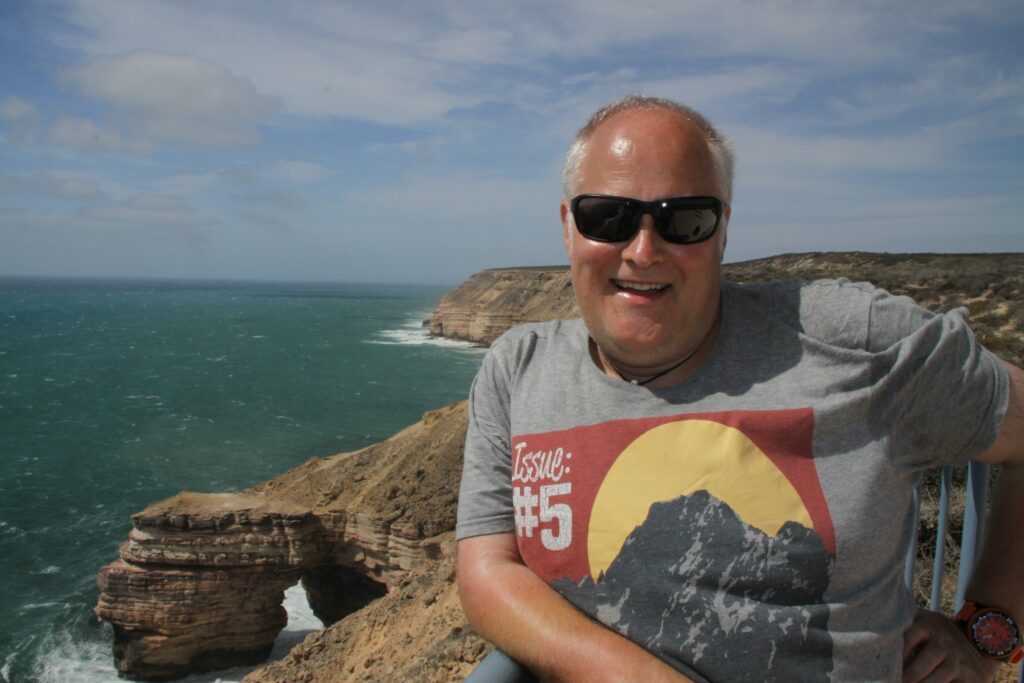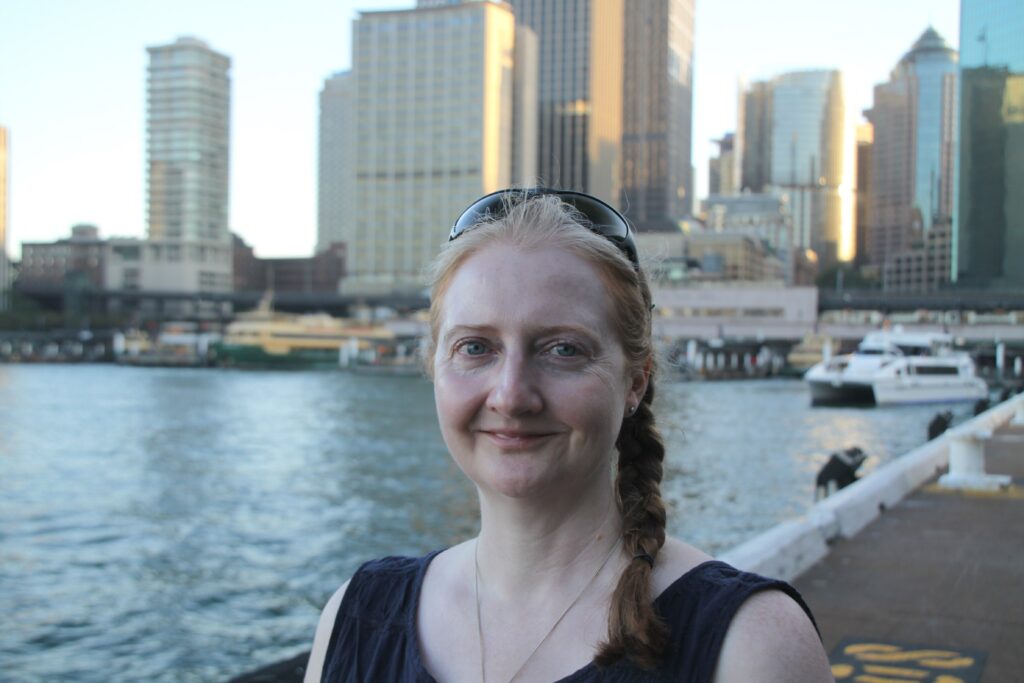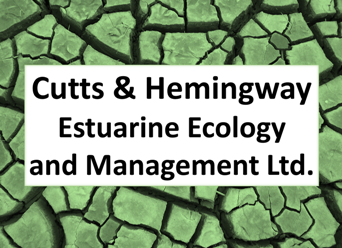Nick Cutts (BSc): Director of CHEEM

Nick started his career working for the RSPB and BTO, before joining the Institute of Estuarine & Coastal Studies at the University of Hull in 1990. After almost 30 years of experience there as Deputy Director he has formed a new small consultancy team with a colleague to deliver a range of expertise in aspects of estuarine and coastal zone ecological management.
Although his specialism is estuarine ornithology, and in particular bird disturbance and associated mitigation solutions, he also has an extensive track record working in other areas of estuarine ecology and on aspects of estuary management, including PEI, EIA, EcIA and HRA, and in particular delivering a bespoke high quality service focussed on individual project/client needs. Nick has worked for a large range of industrial sector clients, e.g. ports, power generation, renewable energy, chemicals and oil & gas, as well as for specific infrastructure developments. In addition, he provides advice to government agencies, for instance the Environment Agency in relation to aspects of flood risk management strategies and strategic assessments.
He has been instrumental in the development of a Waterbird Disturbance Mitigation Toolkit, including smartphone app, produced to assist planners and consenting agencies to identify the risk of construction generated noise to waterbird populations in N2K environments, including information on noise impact thresholds, waterbird responses and appropriate mitigation measures. He has also recently undertaken a number of projects with the Environment Agency, developing greening and softening techniques to enhance flood resilience, increase biodiversity, restore natural processes and enhance WFD & HSD provisions in a series of estuaries.
Nick has worked widely in Europe, on multi-partner/multi-state research projects, as well as further afield, e.g. in relation to the development and management of compensatory habitats arising from port development in South Africa. He is also the co-author of several book chapters, e.g. Temperate Estuaries: Their Ecology under Future Environmental Changes (in Coasts and Estuaries, 2019) and Coastal Hazards and Risks (in Coastal Management, 2010).
Krystal Hemingway (BSc MSc): Director of CHEEM

Krystal is a Coastal & Estuarine Ecologist with over 25 years of experience working in the environmental consultancy sector. Having previously been employed as the Senior Coastal Ecologist within the Institute of Estuarine & Coastal Studies at the University of Hull (1997-2019), she is now co-Director of a new client-focussed environmental consultancy established with Nick Cutts in August 2019.
Krystal has a wide range of consultancy expertise, with key interest areas including the development of sustainable estuarine management solutions to a range of pressures (e.g. economic development, climate change and flood risk); disturbance effects from human activities (including noise stimuli) on waterbird communities; ecosystem restoration and recovery; and ornithological monitoring & assessment. Most recently, she has been one of the project leads on an EIA Scoping for a large marine infrastructure project, and has been an integral contributor to a number of European funded projects including a 3 year Interreg project (TIDE), where she co-developed a toolkit of sustainable management tools for estuaries, e.g. a Waterbird Disturbance Mitigation Toolkit with smartphone app. to assist planners and consenting agencies. Through such European funded research, Krystal has also co-authored several book chapters and co-edited two books published by Blackwell Science – Fishes in Estuaries, and Effects of Pollution on Fish: Molecular Effects and Population Responses.
Examples of other consultancy undertaken for clients both within the industrial sector and statutory agencies include: characterisation of waterbird responses to a range of potentially disturbing activities in estuaries (including flood protection work and port development); EIA and HRA procedures for a variety of development types in estuarine and coastal locations (e.g. pipelines, port developments and wind farms); avifaunal monitoring; intertidal and subtidal surveys as part of long-term monitoring programmes and Ecological Impact Assessments (EcIAs); broad-scale intertidal biotope/habitat mapping; monitoring and assessment of saltmarsh development and intertidal biodiversity targets in relation to potential management options; and research into marine species protection as part of the evidence base for the Marine and Coastal Access Act.
